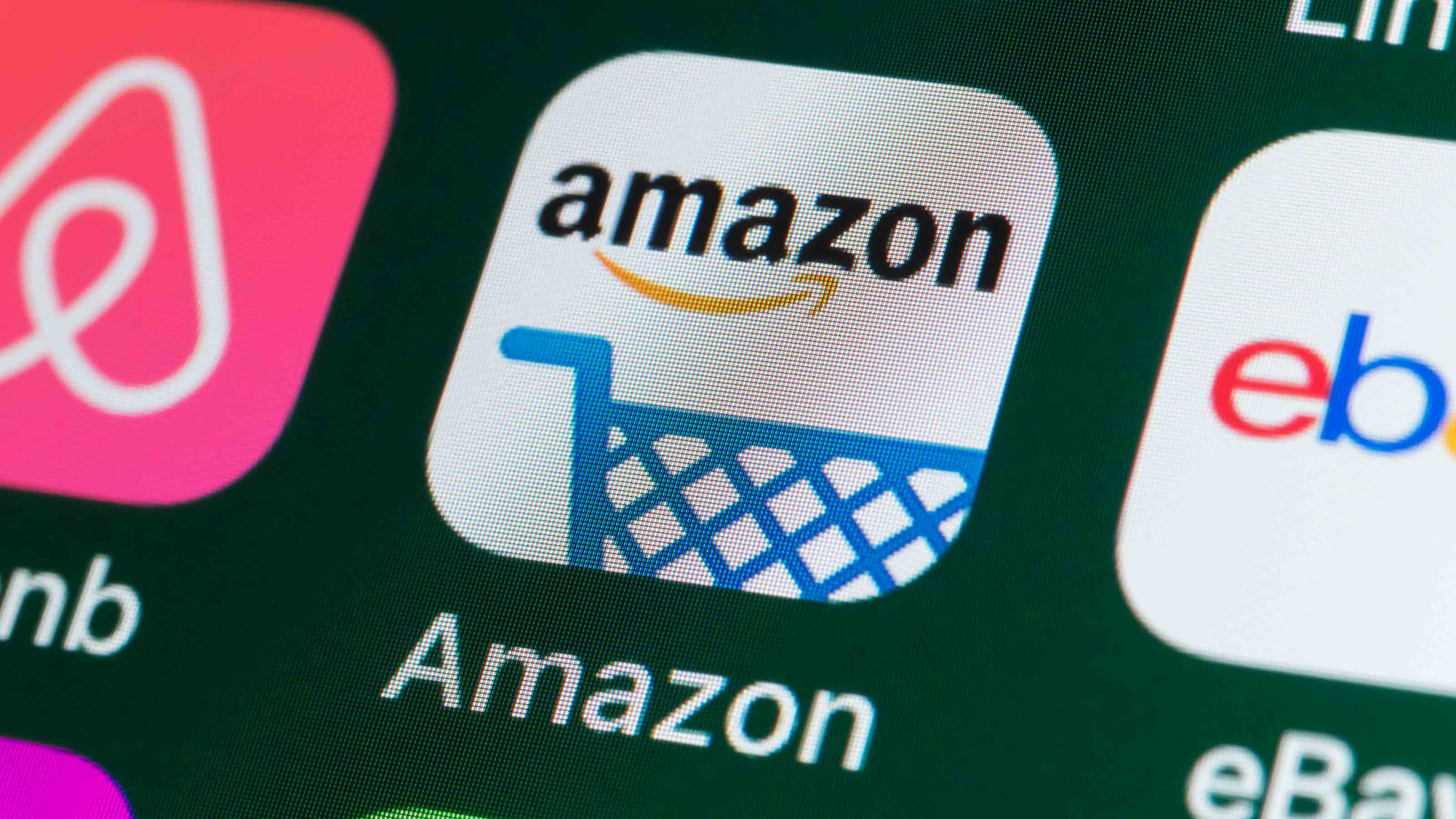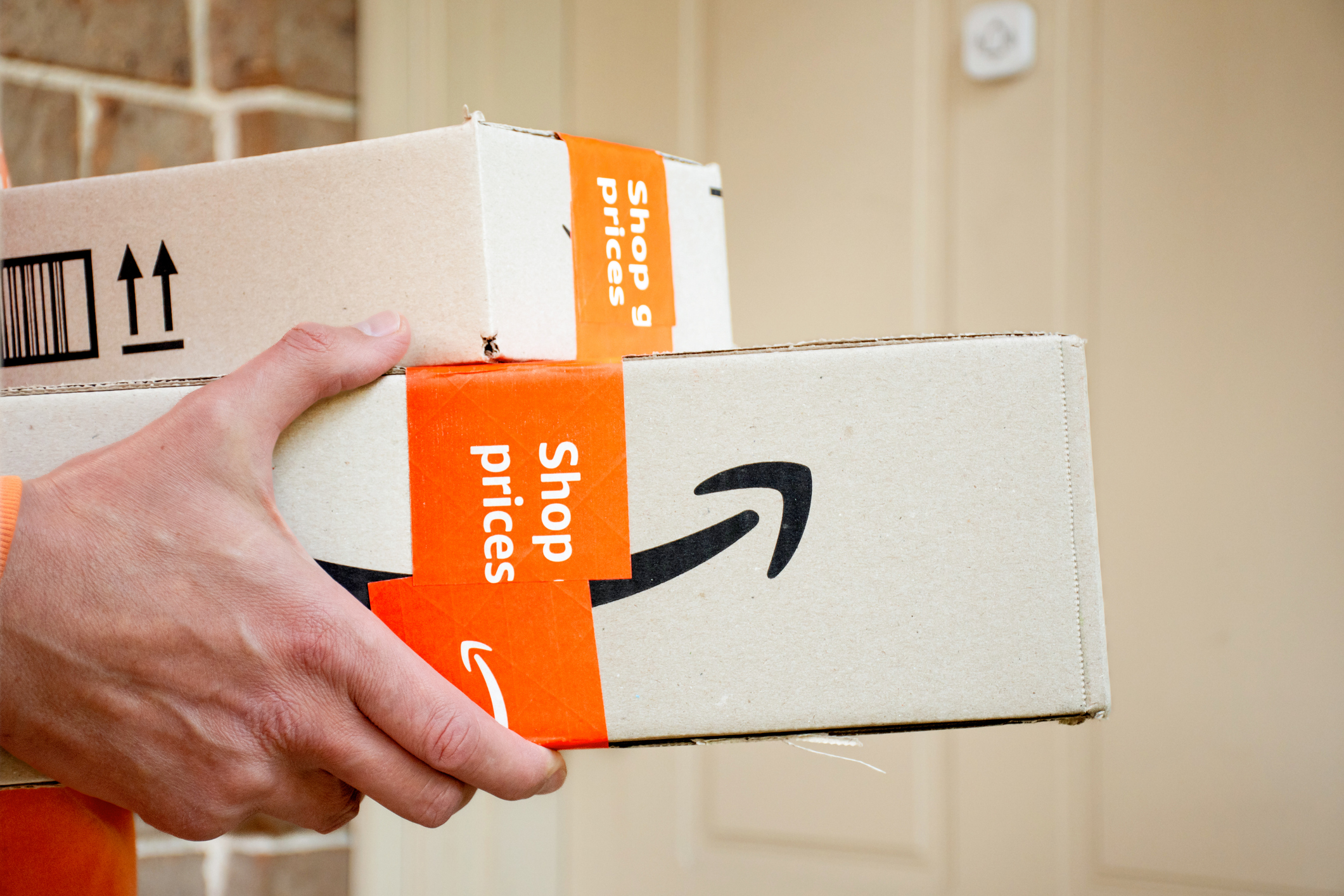5 Foolproof Ways to Save for People Who Don't Like to Save
These free and low-cost financial apps and services make it simple to set aside money automatically.

There’s a deep disconnect between what Americans know they should do financially and what they actually do. That divide is especially apparent when it comes to saving. According to new findings from Northwestern Mutual, 67% of the people surveyed by the financial services company consider themselves savers rather than spenders. Yet, more than half of those surveyed said they’ve racked up as much or more debt than the amount they’ve saved.
Other studies offer more evidence that Americans are having trouble setting aside money for the future. A 2014 Bankrate study found that more than one-third of Americans haven’t saved anything for retirement. And a 2015 Bankrate Money Pulse poll found that more than 60% of respondents didn’t have any money earmarked to cover emergencies or unexpected expenses. Perhaps the most telling indicator, though, is Americans’ personal savings rate as a percentage of disposable income: It’s just 5.8%, according to the Federal Reserve Bank of St. Louis. Forty years ago, it was 17%.
Without a doubt, saving money takes discipline – and some of us are more disciplined than others. If you know you need to save but are having trouble actually doing so, there are several tools that can make it easy. We asked personal finance bloggers and money experts to share their favorite ways to automate savings. Here are their picks:

Sign up for Kiplinger’s Free E-Newsletters
Profit and prosper with the best of expert advice on investing, taxes, retirement, personal finance and more - straight to your e-mail.
Profit and prosper with the best of expert advice - straight to your e-mail.
Free services
Digit. This free service takes the guesswork out of saving. You connect your bank account (yes, it’s secure) to the online service, then Digit analyzes your income and spending habits to figure out how much you can afford to set aside in savings. On average, it transfers $18 from users’ checking accounts every two to three days into an FDIC-insured Digit savings account, says Digit CEO Ethan Bloch. Periodic transfers can be as low as $2 to $5 – or much higher, if Digit's analysis of your account merits it. Digit just launched in February, but already its users are saving a total of nearly $5 million a month.
J. Money, who writes the Budgets Are Sexy blog, has been using Digit since it debuted and already has saved about $765. He says he loves the service “because it forces me to save more on top of everything else I'm doing, and I don't have to lift a finger.” Plus, he likes receiving text messages from Digit that show what his checking balance is so he can keep tabs on how much money he has coming in and out of his account. The main drawback of Digit is that it doesn’t pay interest (it pockets the interest it earns to fund its operations). “As we grow and get more leverage with the banks, we will share our interest rate with our users,” Bloch says. You can withdraw your money from Digit at any time with no fees or limits.
A similar option is the SavedPlus app. When you make a purchase, it moves a percentage of the amount you spend from your checking account into your savings account. You get to choose the savings percentage, which can range from 5% to 20%. SavedPlus claims that its users save, on average, $350 a month. The key, of course, is to make sure you have enough in your checking account to cover the transfers to your savings account.
Simple. Launched in 2012, this no-fee, interest-bearing online bank account lets you set savings goals and calculates how much you need to set aside daily to reach those goals. It doesn’t funnel savings into a separate savings account. Instead, you create sub-accounts, so to speak, for your goals. When you log into your account, you’ll see your actual account balance and your “safe to spend” balance, which are funds not scheduled for payments or earmarked for savings goals. So if you need help with budgeting and saving – but don’t like the idea of a service such as Digit that automatically withdraws cash from your account – Simple might be the account for you.
Alan Steinborn, founder and CEO of Real Money, an online community for people who want to improve their financial well-being, says that Simple’s goal-setting function makes it easy to avoid the temptation to spend and actually save money. “When I look at my ‘safe to spend’ amount, I don’t even think about the money in the sub-accounts [for goals],” he says. “It is as if it isn’t there.” Accounts are FDIC-insured and held by Simple’s banking partner, The Bancorp Bank.
Low-cost services
Acorns. This mobile app for Android and Apple devices invests your spare change for you into a diversified portfolio of index funds. You link the app to your credit or debit cards. When you make a purchase, it rounds up the amount you paid to the nearest dollar. Once your spare change adds up to $5, it gets invested. You can choose from five portfolios, ranging from conservative to aggressive. Typical returns are 4% to 9%, according to an Acorns spokesperson. Acorns doesn’t charge commissions on trades, but you’ll get hit with a $1 monthly fee if your balance is less than $5,000 – or 0.25% annually if your balance is more than $5,000.
Amanda Abella, author of Make Money Your Honey, says she just started using Acorns and already has invested $15 worth of spare change. “That's money that probably would have either sat in my checking account or been spent otherwise,” she says. Now that it’s invested, that spare change has the potential to make more money for Abella. “The entire concept is actually pretty brilliant,” she says.
Betterment. This Kiplinger pick for best of the online investment advisers is a great tool for people who want to invest but don’t have the time (or experience) to actively do so. You can deposit a lump sum or have monthly deposits automatically withdrawn from your bank account. Then choose savings goals – such as retirement or buying a house – to get a suggested portfolios based on your time horizon, risk tolerance and how much you need to save each month to reach those goals. Plus, Betterment rebalances your portfolio, reinvests your dividends and offers tax-loss harvesting (selling losing securities to offset capital gains and reduce taxable income). In short, it aims to take the guesswork out of investing and saving. Annual fees range from 0.15% to 0.35% of your account balance.
Miranda Marquit, the financial journalist behind the Planting Money Seeds blog, says she uses Betterment for her IRA, because it does the math for her to determine how much she should set aside each month to contribute the maximum amount allowable each year ($5,500 in 2015 for people under age 50) and allocates her assets to help her reach her saving goal. “It’s a good way to set it and forget it for the long term,” she says.
Get Kiplinger Today newsletter — free
Profit and prosper with the best of Kiplinger's advice on investing, taxes, retirement, personal finance and much more. Delivered daily. Enter your email in the box and click Sign Me Up.

Award-winning journalist, speaker, family finance expert, and author of Mom and Dad, We Need to Talk.
Cameron Huddleston wrote the daily "Kip Tips" column for Kiplinger.com. She joined Kiplinger in 2001 after graduating from American University with an MA in economic journalism.
-
 How Many IRS Commissioners Have We Gone Through This Year?
How Many IRS Commissioners Have We Gone Through This Year?IRS Who were the former commissioners, and why did they resign? Find out how IRS turnover can impact your taxes.
By Kate Schubel
-
 Trump Dials Back Most Tariffs but Targets China
Trump Dials Back Most Tariffs but Targets ChinaThe Kiplinger Letter Wall Street hopes that higher tariffs on most countries are on hold for good. But the trade war between the U.S. and China is heating up.
By Jim Patterson
-
 Five Ways to Save on Vacation Rental Properties
Five Ways to Save on Vacation Rental PropertiesTravel Use these strategies to pay less for an apartment, condo or house when you travel.
By Cameron Huddleston
-
 How to Avoid Annoying Hotel Fees: Per Person, Parking and More
How to Avoid Annoying Hotel Fees: Per Person, Parking and MoreTravel Here's how to avoid extra charges and make sure you don't get stuck paying for amenities that you don't use.
By Cameron Huddleston
-
 How to Appeal an Unexpected Medical Bill
How to Appeal an Unexpected Medical Billhealth insurance You may receive a bill because your insurance company denied a claim—but that doesn’t mean you have to pay it.
By Rivan V. Stinson
-
 Amazon Prime Fees Are Rising. Here’s How to Cancel Your Amazon Prime Membership
Amazon Prime Fees Are Rising. Here’s How to Cancel Your Amazon Prime MembershipFeature Amazon Prime will soon cost $139 a year, $180 for those who pay monthly. If you’re a subscriber, maybe it’s time to rethink your relationship. Here’s a step-by-step guide to canceling Prime.
By Bob Niedt
-
 How to Haggle for Almost Anything
How to Haggle for Almost AnythingSmart Buying Learning how to haggle is an invaluable skill. These strategies will help you negotiate a better price for just about any product or service.
By Katherine Reynolds Lewis
-
 Disability Insurance Can Provide COVID Coverage
Disability Insurance Can Provide COVID CoverageCoronavirus and Your Money If you are concerned about long-term complications from COVID-19, consider disability insurance coverage.
By Rivan V. Stinson
-
 21 Things You Can't Return to Amazon — Either Online or In-Store
21 Things You Can't Return to Amazon — Either Online or In-StoreDid you know there are things you can't return to Amazon? Before adding these 21 items to your cart, be sure to read Amazon's return policy first.
By Bob Niedt
-
 How to Avoid a Charity Scam
How to Avoid a Charity Scampersonal finance Scammers never quit, even when you're trying to be altruistic. But you can avoid getting duped if you do your homework.
By Rivan V. Stinson